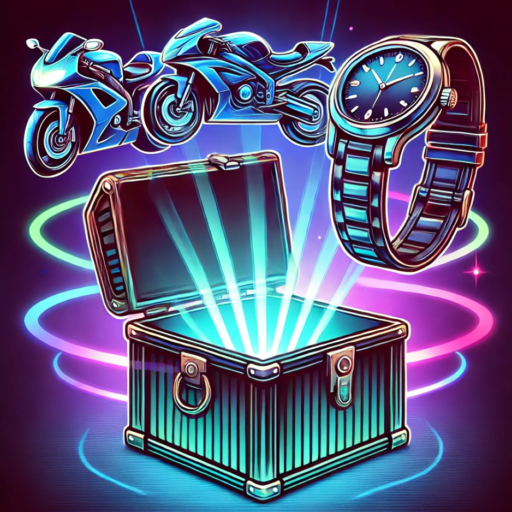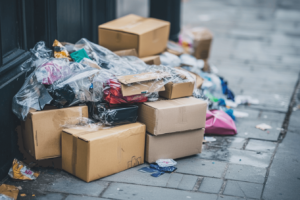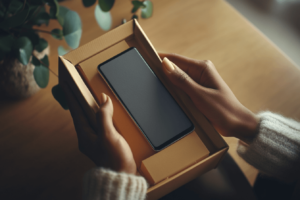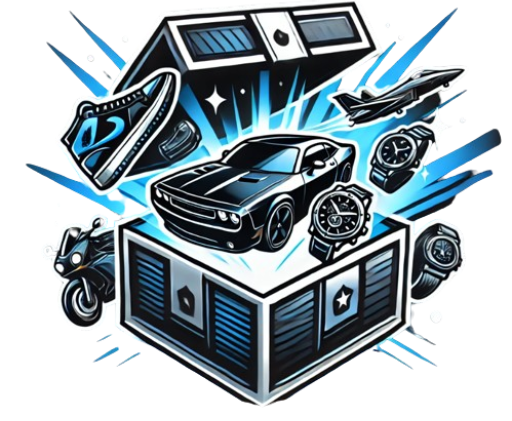The rise of the unboxing phenomenon
Unboxing has evolved from a quirky internet trend to a full-blown cultural movement. What started as simple videos of people opening products has transformed into a powerful marketing tool that influences buying behavior and brand perception. Today, unboxing content is not just about revealing what’s inside a box it’s about storytelling, design, and emotion.
This shift has made unboxing an essential part of the customer journey. Brands now recognize that the moment a customer receives and opens a product can be as important as the product itself. With consumers expecting more engaging and memorable experiences, the unboxing moment has become a strategic opportunity for connection.
From niche trend to global obsession
In the early 2010s, unboxing videos were mostly reserved for tech enthusiasts showcasing new gadgets. Over time, the format spread across industries beauty, fashion, toys, subscription boxes capturing audiences of all ages and interests. The universal appeal lies in the shared sense of curiosity and satisfaction that comes from discovering what’s inside.
This once-niche genre has now racked up billions of views across platforms like YouTube, TikTok, and Instagram. For many consumers, watching an unboxing video is part of the research process before making a purchase, especially for premium or luxury items.
The role of social media in popularizing unboxing
Social media has been the lifeblood of the unboxing craze. Platforms like YouTube gave rise to influencers whose entire brand revolved around opening packages. TikTok and Instagram made the experience faster, more aesthetic, and easier to share. The visual and emotional appeal of unboxing content makes it perfect for engagement and virality.
These platforms also allow brands to tap into the power of peer recommendation. An influencer’s genuine reaction to a product can feel more trustworthy than a traditional ad, creating deeper connections with audiences.
Why consumers love watching unboxings
Unboxing videos satisfy a blend of psychological needs. They offer surprise, pleasure, and a sense of belonging. Watching someone unwrap a product can be oddly soothing and even addictive. For some, it’s about living vicariously through others. For others, it’s about doing product research in a more authentic, entertaining way.
This passive participation creates anticipation and emotional investment. Whether it’s a luxury handbag or a mystery subscription box, the unboxing process delivers a moment of pure focus and joy something increasingly rare in a busy digital world.
Psychological triggers behind unboxing
The magic of unboxing isn’t accidental. It taps into deep psychological principles that drive excitement, loyalty, and engagement. Brands that understand these triggers can create experiences that linger long after the box is opened.
Anticipation and the power of delayed gratification
One of the strongest emotions tied to unboxing is anticipation. From the moment a product is ordered, there’s a mental countdown to receiving it. This waiting period builds emotional investment. When the packaging is well-designed and the reveal is paced just right, it makes the final moment more rewarding.
This use of delayed gratification isn’t new think of gift wrapping during holidays but brands have refined it for the modern consumer.
The surprise factor and emotional engagement
Humans love surprises, especially when they’re pleasant. Unboxing plays into this by adding unexpected elements bonus items, creative packaging, handwritten notes that amplify joy. These small touches create emotional peaks that make the experience memorable.
Surprise can also reinforce brand identity. Whether it’s humor, elegance, or boldness, the way a product is unboxed communicates a brand’s personality in a tangible way.
Creating a sense of ritual and ownership
Unboxing can feel ceremonial. There’s a process to opening, unwrapping, and discovering that makes the product feel more valuable. This sense of ritual deepens the connection between the consumer and the brand. It turns a transaction into an experience.
By controlling the first physical interaction a customer has with a product, brands can shape perception and create stronger emotional bonds.

Key elements of a memorable unboxing experience
Not all unboxings are created equal. The most successful ones share a few common elements that delight and engage consumers. These go beyond functional packaging and venture into the realm of design, emotion, and brand storytelling.
Packaging design and branding consistency
First impressions matter. A beautifully designed box with cohesive branding instantly elevates the experience. Colors, textures, fonts, and imagery all contribute to the story a brand wants to tell. Packaging becomes an extension of the product itself.
Consistency also builds trust. When the packaging aligns with a brand’s website, social media, and advertising, it reinforces the brand identity and values.
Layered reveals and tactile interactions
Great unboxing experiences are often multi-layered. Instead of revealing everything at once, the product is unveiled step by step through tissue paper, inner boxes, compartments, and seals. This deliberate pacing creates suspense and satisfaction.
Tactile elements, like soft-touch coatings or embossed logos, add depth and sophistication. They invite the user to slow down and engage with each detail.
Personal touches and customization
Adding personalized elements like the customer’s name, a handwritten thank-you note, or customized packaging can turn an ordinary delivery into something special. These gestures show care and attention, fostering loyalty and encouraging repeat purchases.
When customers feel seen and appreciated, they’re more likely to share their experience and become brand advocates.
How brands strategically leverage unboxing
Unboxing isn’t just a feel-good moment it’s a powerful marketing strategy. Smart brands use it to drive awareness, engagement, and social proof. By designing shareable experiences, they turn customers into storytellers.
Collaborations with influencers and content creators
Brands often partner with influencers to create buzzworthy unboxing content. These creators bring their own style, audience, and authenticity to the experience, making the brand feel more relatable.
A well-executed unboxing video can generate massive reach and influence purchasing decisions, especially when the influencer has a strong connection with their followers.
Encouraging user-generated content
Beyond influencers, brands also encourage everyday customers to share their unboxing experiences. Whether it’s through hashtags, challenges, or contests, user-generated content creates a sense of community and trust.
This content often feels more genuine and relatable, and it helps brands gather organic testimonials and exposure without heavy ad spend.
Building loyalty through shareable moments
The unboxing moment is highly shareable. By designing packaging that looks good on camera, brands increase the likelihood that customers will post about it. These moments extend the product experience into the digital space, multiplying its impact.
It also reinforces the emotional connection. When customers feel delighted, they want to share that joy especially when it’s visually appealing and aligns with their personal aesthetic.
Case studies: brands that nailed the unboxing experience
Several brands have set the gold standard for unboxing. Their strategies highlight how thoughtful design and emotional storytelling can elevate the customer experience.
Apple’s minimalist elegance
Apple’s packaging is the definition of sleek. Every element from the snug fit of the box to the crisp product placement is engineered to feel premium. The minimalism reflects the product design, reinforcing Apple’s core identity.
Opening an Apple device feels intuitive, calm, and polished. It sets the tone for a seamless product experience.
Glossier’s instagram-friendly packaging
Glossier has mastered the art of aesthetic packaging. Their signature pink pouches, minimalist fonts, and sticker packs invite users to share their unboxing. The entire experience is designed with social media in mind.
This attention to visual detail has helped Glossier grow through user-generated content and influencer partnerships, making their packaging almost as iconic as their products.
Loot crate and the subscription surprise model
Loot Crate took unboxing to a whole new level with mystery subscription boxes. Each crate feels like a treasure chest, filled with themed collectibles and surprises. The thrill of not knowing what’s inside until it arrives keeps customers excited month after month.
This model proves how powerful unboxing can be when combined with anticipation and community.
The future of unboxing in marketing
As consumer expectations continue to rise, the unboxing experience will keep evolving. It’s not just about delight it’s about innovation, responsibility, and deeper connections.
Sustainability meets aesthetics
More consumers are demanding eco-friendly packaging. Brands must now find ways to deliver memorable experiences without excess waste. This includes using recyclable materials, reducing plastic, and designing for reuse.
Sustainable doesn’t have to mean boring. In fact, it can enhance brand values and appeal to environmentally conscious audiences.
Integrating augmented reality and smart packaging
Technology is starting to play a bigger role in unboxing. Augmented reality (AR) experiences, scannable QR codes, and NFC chips can add layers of interactivity and storytelling. These features can guide users through product setup, share exclusive content, or reward engagement.
It bridges the gap between physical and digital, offering a richer, more immersive journey.
Evolving expectations in a digital-first world
As e-commerce continues to dominate, the unboxing moment becomes the first real-world touchpoint between customer and brand. It’s a unique opportunity to exceed expectations, differentiate from competitors, and create lasting impressions.
In a digital-first world, where attention is fleeting, the art of unboxing is more important than ever.








